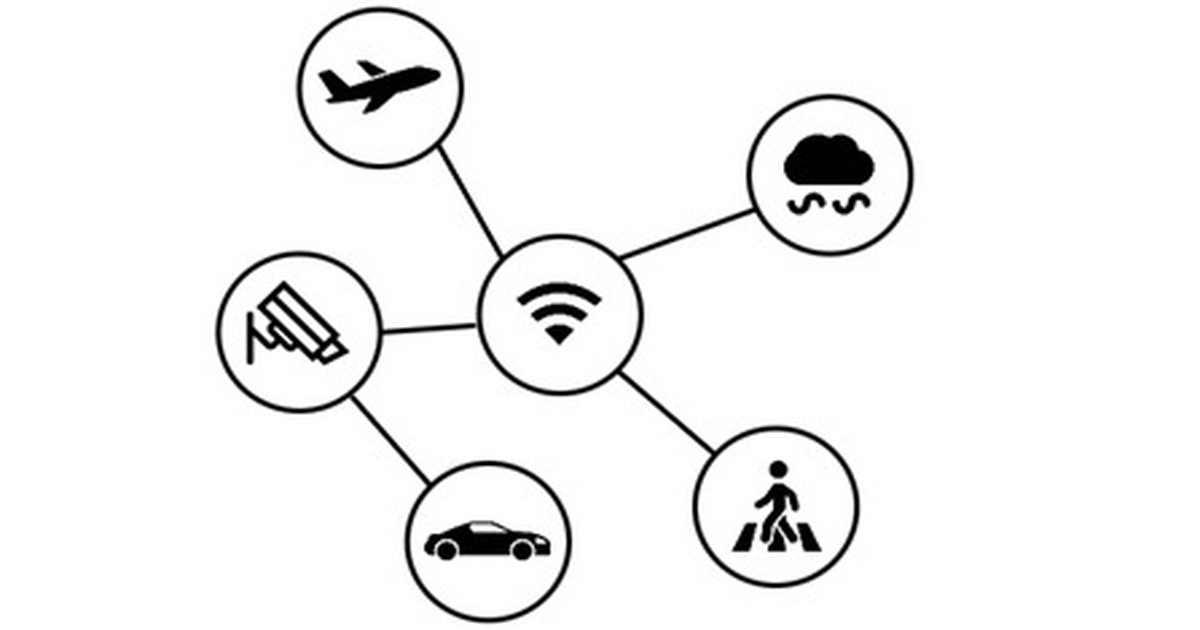Advancement on Smart Vehicles and Smart Travel
A special issue of Electronics (ISSN 2079-9292). This special issue belongs to the section "Networks".
Deadline for manuscript submissions: 15 December 2024 | Viewed by 4172

Special Issue Editors
Interests: neural network; image processing; graph neural network
Interests: Internet of Things; sensor web; interoperability; GIS; computer science
Special Issues, Collections and Topics in MDPI journals
Interests: neural network; image processing; medical imaging
Interests: machine learning; data mining; geoinformatics (GIS); air quality prediction, spatio-temporal analysis
Special Issue Information
Dear Colleagues,
In the last 100 years, the attitude of people towards travelling has changed dramatically. The distances that can be covered in a given time has increased exponentially, making trips previously requiring days, or even months, affordable in a few hours.
Vehicle ownership has become affordable for everyone, leading to an increase in their density, especially in urban areas. Moreover, long-range travel has become affordable to a wider range of people, making air, train, and car traffic denser. Even e-commerce, which changed the buying paradigm, requires an upward effort in delivering systems. Last but not least, autonomous driving is becoming a reality, introducing additional issues to transportation networks.
Such changes have raised a set of new problems including increasing environmental pollution, managing of traffic, street security and surveillance and the debate on autonomous driving reliability.
On the other hand, the recent astonishing development of electronics has made available high-resolution sensors and impressive computing capabilities that have enabled the use of high-performance analysis, prediction and control techniques.
In this complex setting, research is needed to provide answers and solutions exploiting frontier technology, both in terms of hardware and algorithms, in order to mitigate and, where possible, solve the above-mentioned issues.
This Special Issue has the scope to collect high-profile original research articles and reviews dealing with all the discussed points.
More precisely, areas may include (but are not limited to) the following:
- Vehicle detection, classification and tracking;
- Pedestrian detection and tracking;
- Vehicle/pedestrian behavior;
- Traffic jam detection;
- Car/pedestrian accidents;
- Activity monitoring Systems;
- Scene understanding;
- Environment city/street monitoring;
- Visual attention and visual saliency;
- Matching vehicles across cameras;
- Smart environments;
- Safety and security ;
- Technology for cognition;
- Navigation systems;
- Sensory substitution;
- Datasets and evaluation procedures;
- Systems and control engineering for traffic monitoring;
- Ethics in autonomous driving;
- Graph-based environmental analysis.
We look forward to receiving your contributions.
Dr. Marco Del-Coco
Dr. Sergio Trilles Oliver
Dr. Pierluigi Carcagni
Dr. Ditsuhi Ditsuhi Iskandaryan
Dr. Xin Wang
Guest Editors
Manuscript Submission Information
Manuscripts should be submitted online at www.mdpi.com by registering and logging in to this website. Once you are registered, click here to go to the submission form. Manuscripts can be submitted until the deadline. All submissions that pass pre-check are peer-reviewed. Accepted papers will be published continuously in the journal (as soon as accepted) and will be listed together on the special issue website. Research articles, review articles as well as short communications are invited. For planned papers, a title and short abstract (about 100 words) can be sent to the Editorial Office for announcement on this website.
Submitted manuscripts should not have been published previously, nor be under consideration for publication elsewhere (except conference proceedings papers). All manuscripts are thoroughly refereed through a single-blind peer-review process. A guide for authors and other relevant information for submission of manuscripts is available on the Instructions for Authors page. Electronics is an international peer-reviewed open access semimonthly journal published by MDPI.
Please visit the Instructions for Authors page before submitting a manuscript. The Article Processing Charge (APC) for publication in this open access journal is 2400 CHF (Swiss Francs). Submitted papers should be well formatted and use good English. Authors may use MDPI's English editing service prior to publication or during author revisions.
Keywords
- artificial intelligence
- machine learning
- video analytics
- data mining
- smart environments
- Internet of Things
- geoinformatics (GIS)
- spatio-temporal analysis
- air quality prediction
Benefits of Publishing in a Special Issue
- Ease of navigation: Grouping papers by topic helps scholars navigate broad scope journals more efficiently.
- Greater discoverability: Special Issues support the reach and impact of scientific research. Articles in Special Issues are more discoverable and cited more frequently.
- Expansion of research network: Special Issues facilitate connections among authors, fostering scientific collaborations.
- External promotion: Articles in Special Issues are often promoted through the journal's social media, increasing their visibility.
- e-Book format: Special Issues with more than 10 articles can be published as dedicated e-books, ensuring wide and rapid dissemination.
Further information on MDPI's Special Issue polices can be found here.









